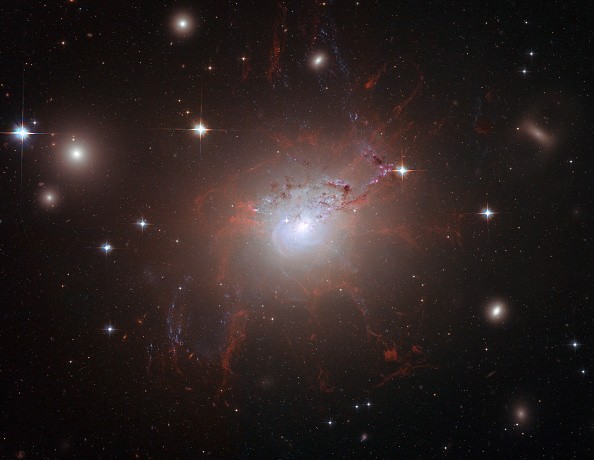NASA's Hubble Space Telescope captured another intriguing space image.

The advanced HST was launched in 1990. Ever since it went into space, various out-of-this-world discoveries have been made.
Now, the giant space telescope's latest captured images of a space cluster that contains stars millions of years old.
If you are curious about this new space discovery, here's what you need to know about the NGC 2660.
NASA Hubble Captures Space Cluster Containing Stars Millions of Years Old
According to Space.Com's latest report, the NGC 2660 is a star cluster located more than 8,600 light-years from Earth; specifically found in the Vela constellation.

Also Read : NASA's James Webb Space Telescope Catches an 'Asteroid Photobomber' Roughly the Size of Rome's Colosseum
"The stars of open clusters form out of the same region of gas and dust and thus share many characteristics, such as age and chemical composition," said the international space organization via its official blog post.
NASA added that these open clusters are easier to study compared to the "globular clusters." This is because space experts can observe the stars in the NGC 2660 individually.
However, it seems like the stars found in this space cluster would likely disperse after millions of years.
NASA explained that this could happen since they are loosely bounded by gravity. Aside from this, the NGC 2660 cluster is also surrounded by irregular and spiral galaxies.
Since this is the case, there's a high chance that the nearby galaxies' gravitational forces could attract the stars.
Other Details of NGC 2660
NASA captured the NGC 2660's image on November 29, 2022. One of the interesting characteristics of this star cluster is that a larger foreground star is visible.
However, this massive space object is not really part of the NGC 2660 cluster. Although this is the case, it is still the brightest star in NASA's official Hubble space photo.
Aside from this, the NGC 2660 is among the space objects studied by NASA as part of its efforts to understand white dwarf stars.
If you want to see the actual look of the NGC 2660, you can click this link.
Other images captured by NASA's telescopes in space:
Recently, the NASA James Webb Space Telescope captured an incredible image of a crowded field of galaxies.
We also reported that the NASA Hubble Space Telescope also took a stunning photo of the galaxy UGCA 193.
For more news updates about HST and other space images it can capture, always keep your tabs open here at TechTimes.
Related Article : NASA Hubble Space Telescope Snaps Largest-Ever Image of the Universe - Rare Galaxies Spotted!

ⓒ 2025 TECHTIMES.com All rights reserved. Do not reproduce without permission.




